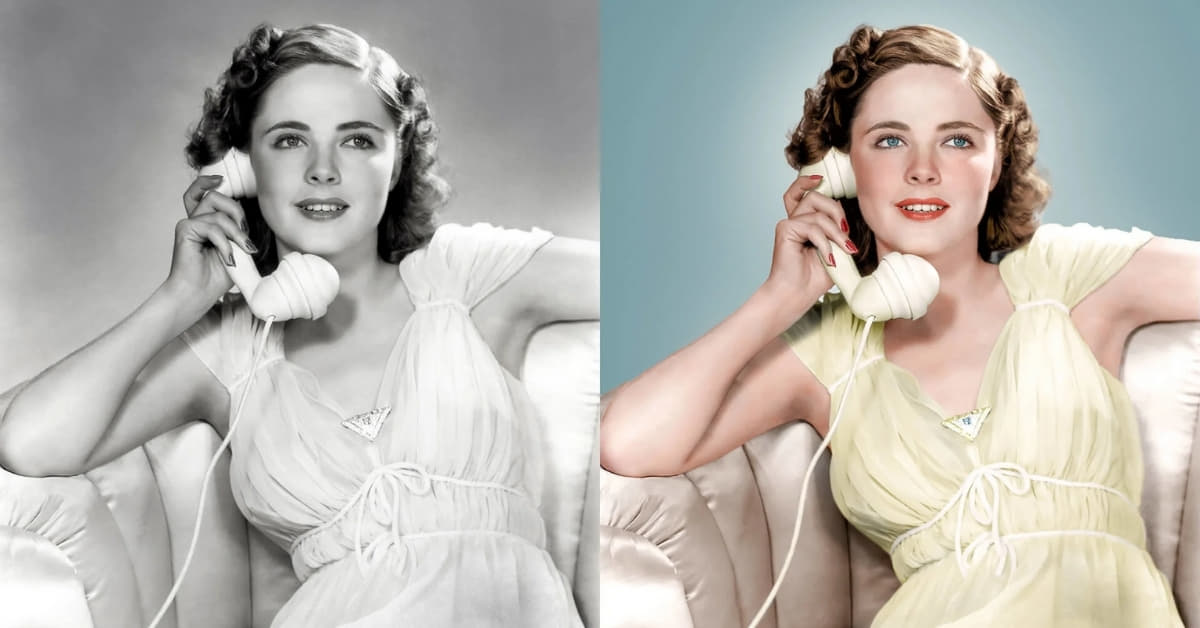In the ever-evolving world of digital artistry, black and white photo colorization has emerged as a captivating technique, breathing new life into timeless memories. This artistic process involves adding vibrant hues to monochromatic images, bridging the gap between the past and the present. In this article, we will delve into the nuances of black and white photo colorization, exploring the tools, techniques, and creativity behind this transformative art form.
Understanding Black and White Photo Colorization
Black and white photography holds a certain timeless charm, capturing the essence of bygone eras. However, the desire to see these historical moments in color has led to the rise of photo colorization. This process involves meticulously adding color to various elements within a monochromatic image, allowing viewers to experience a more vivid and lifelike representation of the past.
Tools and Techniques
- Digital Software: Utilize advanced photo editing software like Adobe Photoshop, GIMP, or online platforms such as ColorizePhoto to embark on your colorization journey.
- Research and Reference: Gather historical references and color palettes to ensure accurate representation of clothing, landscapes, and other elements in the photo.
- Layering and Masking: Employ layering techniques to separate different elements in the image, making the colorization process more manageable.
- Attention to Detail: Pay close attention to nuances like shadows, highlights, and skin tones to create a realistic and aesthetically pleasing result.
Benefits of Black and White Photo Colorization
- Preservation of History: Revitalizing historical photos helps preserve and pass down cultural and familial narratives to future generations.
- Emotional Connection: Adding color to black and white photos enhances the emotional impact, allowing viewers to connect more deeply with the subjects.
- Artistic Expression: Photo colorization is not merely a technical process; it’s an art form that allows for creative expression and interpretation.
FAQs
Can any black and white photo be colorized?
In theory, most black and white photos can be colorized, but the quality of the result depends on factors like image resolution, clarity, and the availability of historical references.
Is black and white photo colorization ethical?
Ethical considerations vary, but when done respectfully and accurately, colorization can enhance historical understanding without distorting the original intent of the photograph.
Can I colorize photos without professional software?
While professional software offers advanced tools, there are user-friendly online platforms like ColorizePhoto that cater to beginners, making the process accessible to a wider audience.
Conclusion
Black and white photo colorization stands at the intersection of history and modern technology, offering a unique perspective on the past. As an evolving art form, it allows us to witness historical moments with newfound vibrancy and relevance. Whether you’re a digital artist or a history enthusiast, exploring the realm of black and white photo colorization can be a rewarding and enriching experience.
This page was last edited on 27 February 2024, at 1:10 pm
